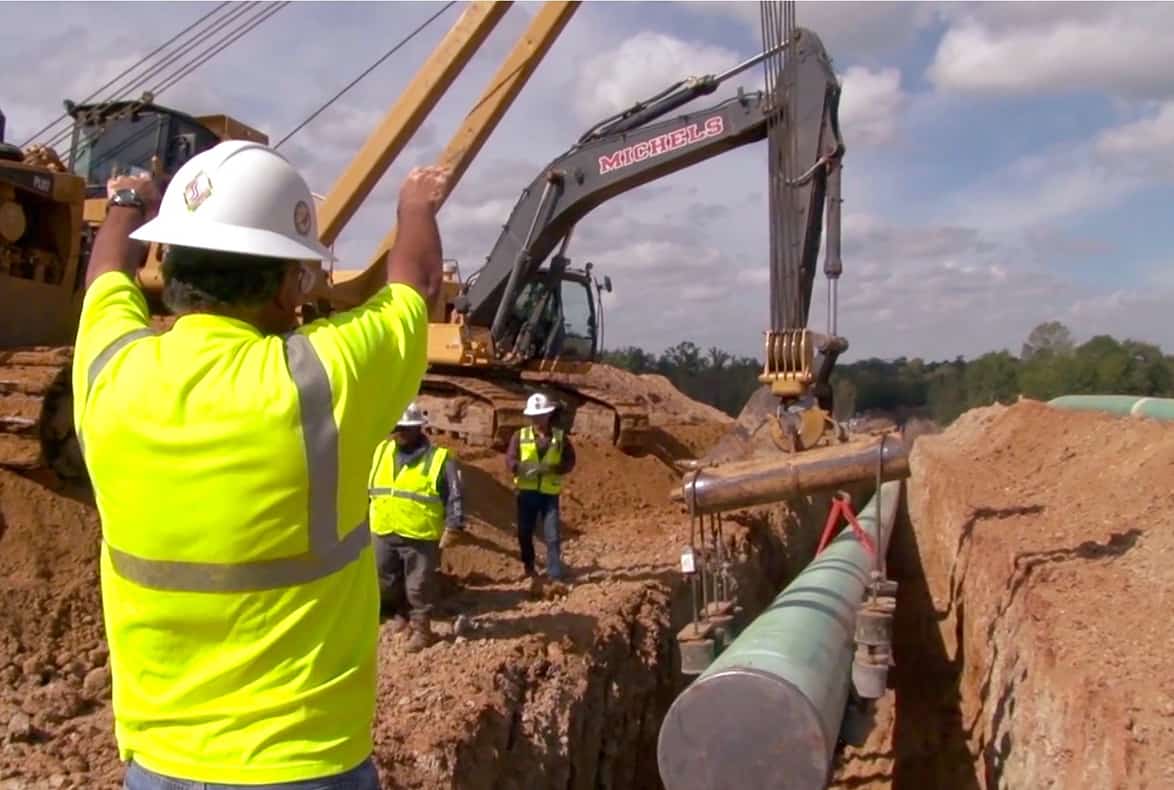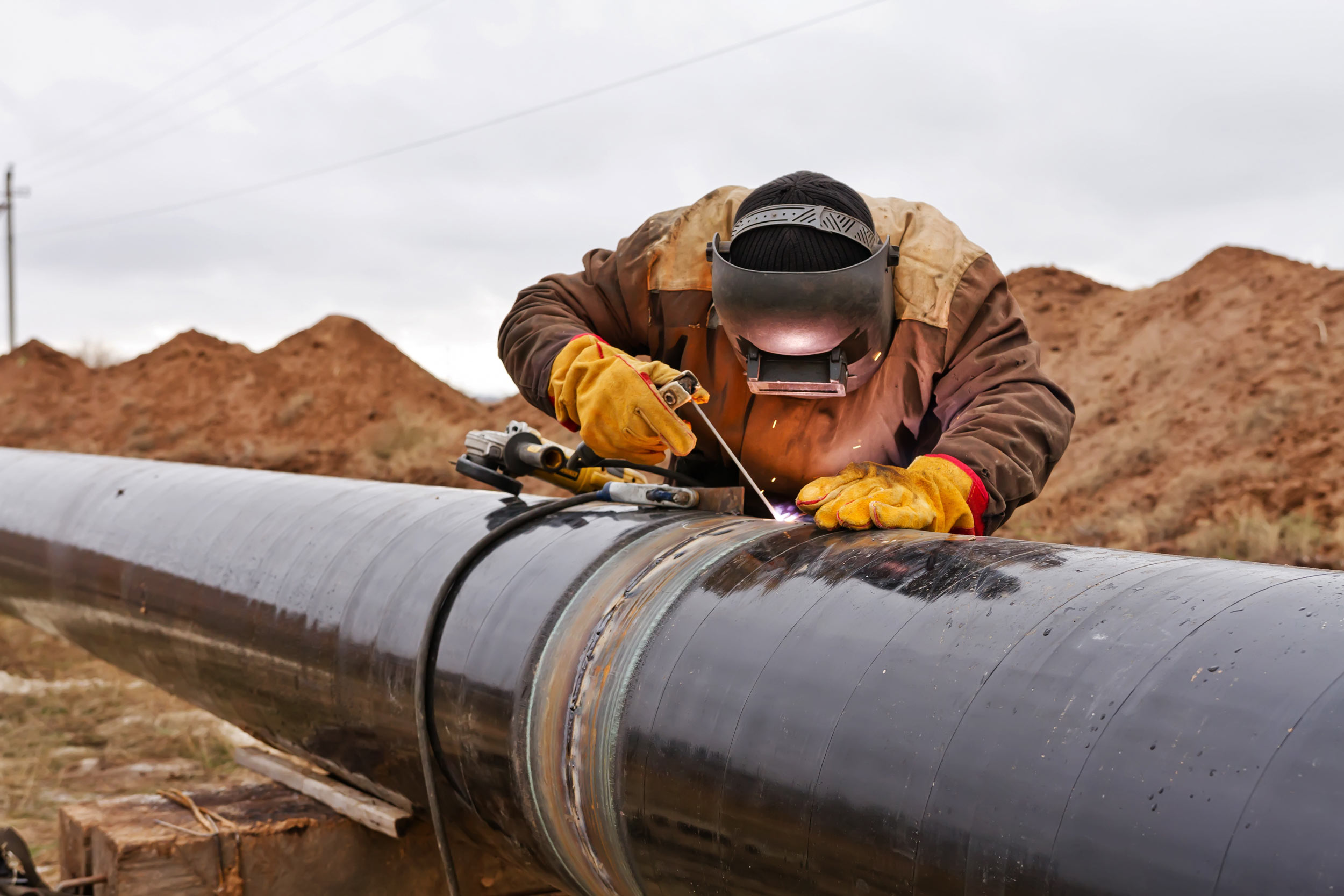Is DIY Worth It? Self-Installing Without Help From Creek Pipe Company
Understanding the Fundamentals of Pipes Installation: What You Need to Learn About the Refine
Appropriate pipe installation is crucial for any plumbing system. It calls for mindful consideration of various elements, consisting of material selection and adherence to neighborhood laws. A tactical format can prevent concerns like stress loss, while the right devices ensure effective joining techniques. Nonetheless, also experienced installers can make usual errors. Comprehending these fundamentals can cause an extra effective and long lasting system, triggering a better consider the essential aspects associated with the process.
Selecting the Right Materials for Pipe Installation
When thinking about pipe installation, the choice of appropriate materials is vital to ensuring resilience and functionality. Numerous products are readily available, each offering one-of-a-kind advantages and considerations. PVC pipes are lightweight, immune to corrosion, and cost-effective, making them excellent for property plumbing. On the other hand, copper pipelines, known for their long life and capability to stand up to high temperatures, are typically chosen for heating systems.Additionally, galvanized steel pipelines offer toughness and sturdiness, suitable for sturdy applications, although they are at risk to corrosion over time.For below ground installations, polyethylene pipelines are favored because of their adaptability and resistance to stress and anxiety breaking. Correct product choice depends on the specific needs of the task, consisting of stress rankings, temperature variations, and the chemical nature of the liquids being carried - Creek Pipe Texas oilfield. Inevitably, notified choices relating to pipe products add considerably to the overall success and durability of pipes systems
Recognizing Local Building Ordinance and Rules
Just how can understanding local building regulations and guidelines impact pipe installation? Knowledge with these codes is crucial for making certain that pipe installations are risk-free, certified, and reliable. Neighborhood building ordinance detail details demands concerning products, installation strategies, and security measures, which should be complied with in order to prevent prospective lawful concerns and expensive fines.Failure to conform can result in examinations being fallen short, delays in task conclusion, or perhaps mandated elimination of improperly set up pipelines. Additionally, comprehending zoning regulations and policies can affect the sort of products permitted, along with the approaches made use of for installation.Contractors and house owners alike ought to invest time in reviewing local laws prior to starting any type of installation job. This proactive method not only advertises safety yet likewise improves the overall quality and longevity of the plumbing system, ultimately cultivating lasting capability and complete satisfaction.
Planning Your Pipe Format and Style
Appropriate planning of pipe design and design is important for attaining a reliable pipes system. This process starts with assessing the specific demands of the area, considering the place of components and devices. Accurate dimensions assure that pipelines are effectively routed, minimizing bends and turns that can bring about pressure loss.Consideration of the flow prices and the sorts of products utilized is vital, as different materials have varying durability and compatibility with plumbing systems. In addition, the developer must account for future developments or modifications to the design, allowing for flexibility in case of renovations.Efficient water drainage and ventilation are likewise substantial elements of the style, as they avoid blockages and guarantee appropriate waste removal. Finally, cooperation with neighborhood building ordinance ensures conformity and safety, which is critical in any type of pipes installation job.
Vital Tools and Equipment for Installation
Successful pipe installation hinges on having the right tools and devices at hand. Vital tools include pipe cutters for tidy cuts, wrenches for tightening up fittings, and pliers for clutching and turning pipelines. Additionally, a level warranties pipelines are installed evenly, while a measuring tape aids in attaining precise lengths.For certain materials, a soldering iron might be needed for copper pipelines, while a PVC cutter is necessary for plastic options. Safety and security tools, such as plumbing leak repair handwear covers and goggles, safeguards installers from potential hazards during the process.A pipeline bender can be specifically beneficial for producing smooth curves without compromising stability, while a torque wrench guarantees that connections are safeguarded to the maker's specifications.Having these devices conveniently offered not only assists in a smoother installation procedure but also adds to the total durability and performance of the plumbing system. Correct equipment is important in achieving long-lasting outcomes.
Methods for Proper Pipe Signing Up With and Securing
Accomplishing a secure and leak-free connection in between pipelines requires cautious focus to signing up with and securing strategies. Various techniques exist, each matched to various pipe products and applications (Creek Pipe trenching services). Welding is typically utilized for steel pipes, making sure durable connections via warmth blend. On the other hand, plastic pipelines benefit from solvent concrete or combination welding, developing solid, irreversible bonds.Threaded connections prevail in both steel and plastic piping, requiring specific alignment and the usage of proper sealers, such as Teflon tape or pipe dope, to stop leakages. Compression installations use one more option, where mechanical pressure protects the pipelines with each other, making them conveniently disassembled for maintenance.Regardless of the approach chosen, appropriate prep work is important. This consists of cleaning pipe ends and guaranteeing they are free from debris. Applying these techniques vigilantly will improve the durability and integrity of the pipe system, ultimately adding to its efficient performance
Typical Mistakes to Avoid During Installation
During pipe installation, avoiding typical blunders is important for making sure a reputable and effective system. One frequent error is failing to measure and cut pipes properly, which can bring about inappropriate installations and leakages. Furthermore, disregarding to check the compatibility of products can cause rust or other damages in time. Incorrectly protecting joints and connections can also create weak factors in the system, triggering prospective failures.Another common mistake is forgeting the relevance of slope and drainage; pipelines have to be set up at the correct angle to promote correct circulation. Inadequate assistance for pipes can result in drooping and anxiety, impacting the integrity of the system. Ultimately, neglecting local codes and regulations can cause expensive rework and safety and security dangers. By understanding these pitfalls, installers can substantially improve the durability and performance of pipe systems.
Upkeep Tips for Long-lasting Pipe Systems
To ensure the long life of pipe systems, regular assessments and cleaning are vital techniques. These steps assist recognize prospective concerns prior to they escalate right into major troubles. Additionally, using appropriate insulation strategies can better protect pipes from temperature level fluctuations and environmental factors.
Routine Inspections and Cleaning Up
Routine evaluations and cleaning are vital for keeping the long life and performance of pipe systems. Routinely examining pipes for signs of corrosion, leaks, or blockages can aid determine potential problems prior to they intensify into costly fixings. Cleansing pipelines periodically gets rid of build-up that can limit flow and promote wear and tear. It is a good idea to arrange evaluations at least when a year, yet extra regular checks may be necessary in high-usage settings. Utilizing specialist services for extensive cleaning assurances that all particles is effectively gotten rid of. Additionally, keeping documents of evaluations and maintenance tasks help in tracking the system's health in time - Creek Pipe Midland. By focusing on these techniques, residential property owners can improve the dependability and lifespan of their pipe systems
Correct Insulation Methods
Effective insulation strategies play an essential role in preserving the efficiency and long life of pipe systems. Proper insulation lessens warm loss in hot water pipelines and prevents freezing why not try this out in cool water pipelines, considerably reducing power prices and potential damages. Common materials used for insulation include fiberglass, foam, and rubber, each offering differing levels of thermal resistance. It is crucial to assure that insulation is applied uniformly, covering all exposed locations without gaps. In addition, protecting insulation with ideal fasteners helps maintain its position and performance gradually. Normal assessments should be carried out to determine damage, assuring timely substitutes. By applying these methods, pipe systems can operate effectively and have navigate to this site a prolonged life span, eventually profiting both the setting and the home owner.

Often Asked Inquiries
Just how Do I Establish the Appropriate Pipe Dimension for My Job?
Determining the appropriate pipe dimension entails assessing the job's flow needs, pressure requirements, and the kind of fluid being carried. Consulting style requirements and conducting computations guarantees suitable performance and performance in the installation procedure.
What Are the Ecological Effects of Different Pipe Products?

Can I Install Pipes Myself or Should I Work with an Expert?
The inquiry of whether to install pipelines individually or employ a professional commonly depends on the individual's skill level and job complexity. A professional might assure conformity with guidelines and minimize potential long-term problems.

Just How Lengthy Can I Expect My Pipe Installation to Last?
The longevity of pipe installation differs substantially, typically lasting 20 to 100 years, depending upon materials, installation top quality, and maintenance. Regular examinations and proper care can enhance longevity and stop early failures.

What Are the Indications of a Failing Pipe System?
Indications of a failing pipe system include frequent leakages, unusual water stress changes, discolored water, mold development, and relentless dampness. Home owners must monitor these indications to avoid costly damage and assurance timely fixings are made.